Kaitlyn McLachlan is a photographer based in Toronto, Ontario. Exploring everything from cityscapes to landscapes, adding a drone to her kit this year has added a new dimension of photography. You can also follow her work on Instagram.
First time navigating the world of drone photography? In this two-part series, you’ll get tips, tricks, and everything you need to know about getting started with drones as a go-to gear. Part Two is all about the techniques and tips for your first few shoots with a drone. Read on, and get inspired to take your aerial photos to new heights!
Welcome to the club! If you’re one of the growing number of people purchasing a drone, I wanted to share some tips from my own experience to help you start taking great photos and videos as quickly as possible!
If you’re still considering a drone purchase but have not yet taken the plunge, be sure to check out Part 1 of this series for some guidance in buying your first drone.
Getting Comfortable With Your Drone
Drones are very new things for many of us. Even if you grew up around RC cars or other remote-controlled electronics, playing in the 3D space of the sky is certainly something new!
The first thing you’ll want to do is get over the initial fear you may have. Take a read through the manual and understand how to operate your drone and what each of the switches and buttons do. Once you’ve done that, find a nice open space where it is safe to let your drone take off and fly. Most drones will hold exact position when you are not actively controlling them. If that is the way your drone works, just remember that you can take your hands off if you’re ever unsure what to do and need to re-orient yourself.
I personally recommend that you don’t worry about capturing photos or videos on your first (or first few) times out. Get familiar with controlling your drone and getting the movements you’re looking for. Gradually send it higher in the air or further away from you until you’re starting to feel very comfortable using eyesight, the controller, and the video feed to maneuver your drone.
Once you’ve taken care of that, all that’s left is to REALLY have fun with it and capture breathtaking photos and videos! Here are some tips you should try to get the most out of your photos. Of course, you should also do what you’re comfortable with and experiment on your own!
Capturing Breathtaking Aerial Photos
1. Look down — straight down!
Looking straight down with the drone’s camera was one of the first things I did — and it’s a pretty common shot I still take today. We walk around in our world every day, but seeing it from above is so different. The natural shapes and symmetry that exist in both our manmade and natural worlds provide a plethora of interesting composition opportunities.
2. Experiment with height and angle
You’re going to be seeing things from a very different perspective (literally!) once you send your drone in the air. Many go really high and really far, which allows you to adjust what you fit in your frame and at what angle you do so. One of the first things I learned was that sometimes flying too high isn’t ideal — it can result in the photo looking a bit too abstract, with subject matter too small or a lack of focus. Of course, it will depend on the scale of what you want to photograph, but experiment with taking photos at all heights — even if some are just a few dozen feet off the ground.
Also remember that drones can go where you can’t. Sending them off the edge of a cliff or over water allows you to photograph things that were previously impossible to reach — or familiar subjects from new, unique angles.
3. Golden hour is great, but try other times too!
Because your drone is flying up in the air, your angle relative to the sun is very different. Suddenly, a midday shot looking down can provide great lighting and interesting shadow lines.
Shooting Your First Drone Videos
1. Get comfortable controlling your drone
I touched on this above, but it’s certainly more important for photos than for videos. A mis-framed or jittery shot can ruin the video, so you’ll want to make sure you are very comfortable moving the drone AND moving the camera — possibly at the same time.
Practice making circles around objects (orbiting), panning, and flying up or down while adjusting the angle of the camera. These are just a few of the fundamentals that will help you create amazing footage.
2. Repeat shots
Just like with regular filming, you’ll often need to repeat shots to make sure you get it right or have enough parts to piece together. You’ll be dealing with additional complexities while flying the drone, including:
– Operation complexity of drone + camera movement
– Possible delays in controls vs. movement of drone
– Wind and stability of movement
– Ensuring smooth operation of movement instead of jerky moves
3. Use the built-in features
Many newer drones include some level of “smart features,” and although they may go by different names, here are some of the most common or most helpful features:
Follow Me
Using either sight or GPS, the drone and camera can be set up to automatically follow an object on its own, including flying in the right direction and adjusting the camera angle. Getting that shot of a runner along the beach or a car driving on the open road is now easier than ever.
Orbit
This allows the drone to automatically fly a perfect circle around a point while keeping the camera centered. By adjusting both the direction of flight and the camera position in perfect harmony, this can create great footage that would otherwise be very difficult.
Cable cam / waypoints
This allows you to configure specific points or paths that the drone will fly. It can redo this over and over, often allowing you to control the orientation of the camera independently. This allows you to ensure you get that perfect pan and framing, and it allows you to splice different segments of the shots together more easily.
4. Maintain line-of-sight
Aside from being a law in many countries, maintaining line-of-sight for your drone will be critical for the safety of your drone. As we begin taking video with drones, using the video monitor is crucial for framing and movement. However, oftentimes the field of view on these drone cameras is wider than our human eye perception. As a result, objects may be closer than they appear. Your drone also may not always be moving in the same direction that the camera is pointed, so you’ll want to ensure you aren’t flying backwards into something. Objects like tree branches or power lines can be deadly to your drone, so be aware at all times!
Inspiration
While you charge your batteries (don’t forget the memory card!), scroll down to browse some awe-inspiring photos in our community to get your ideas flowing.

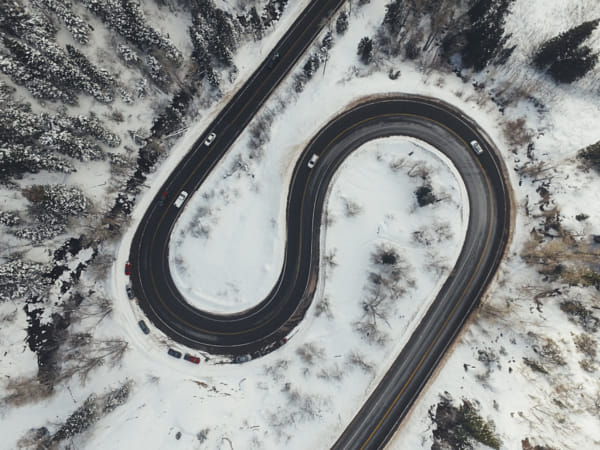
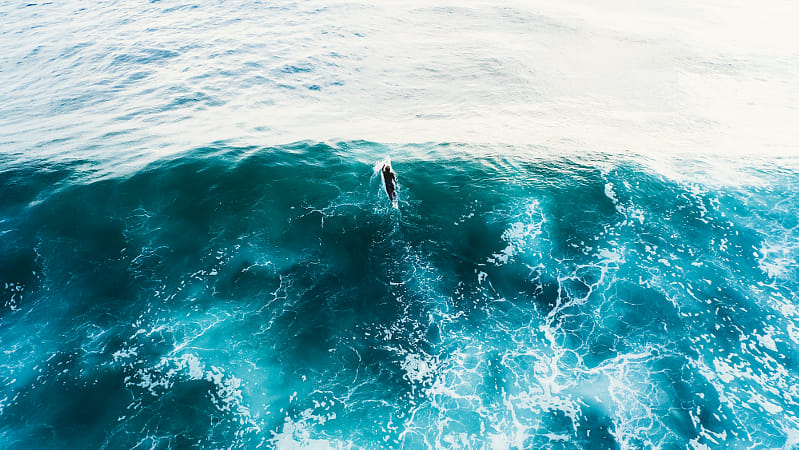
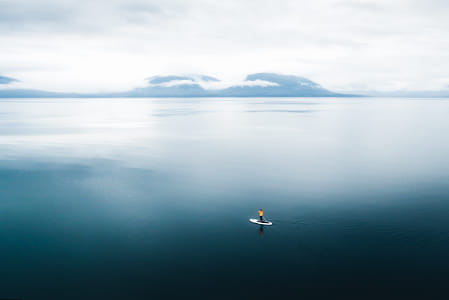
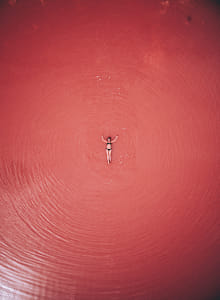

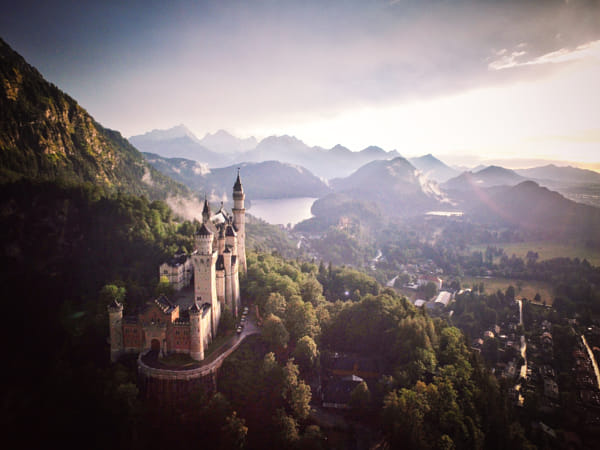
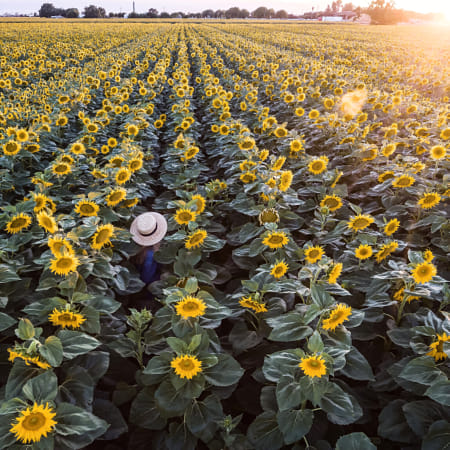
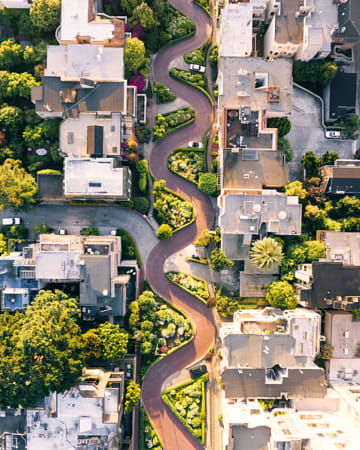
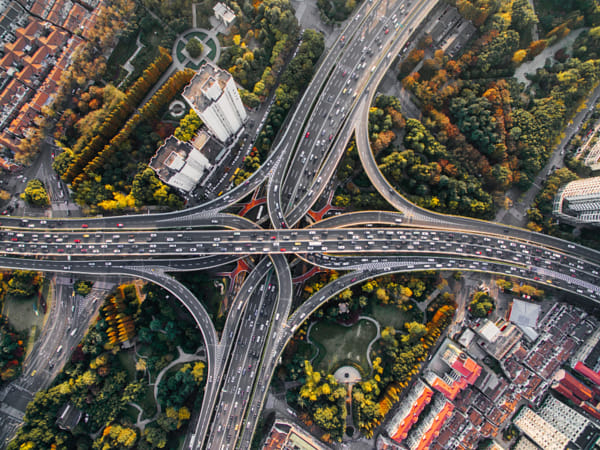
To get advice and tips on buying your first drone, head over to Part 1 of this series.